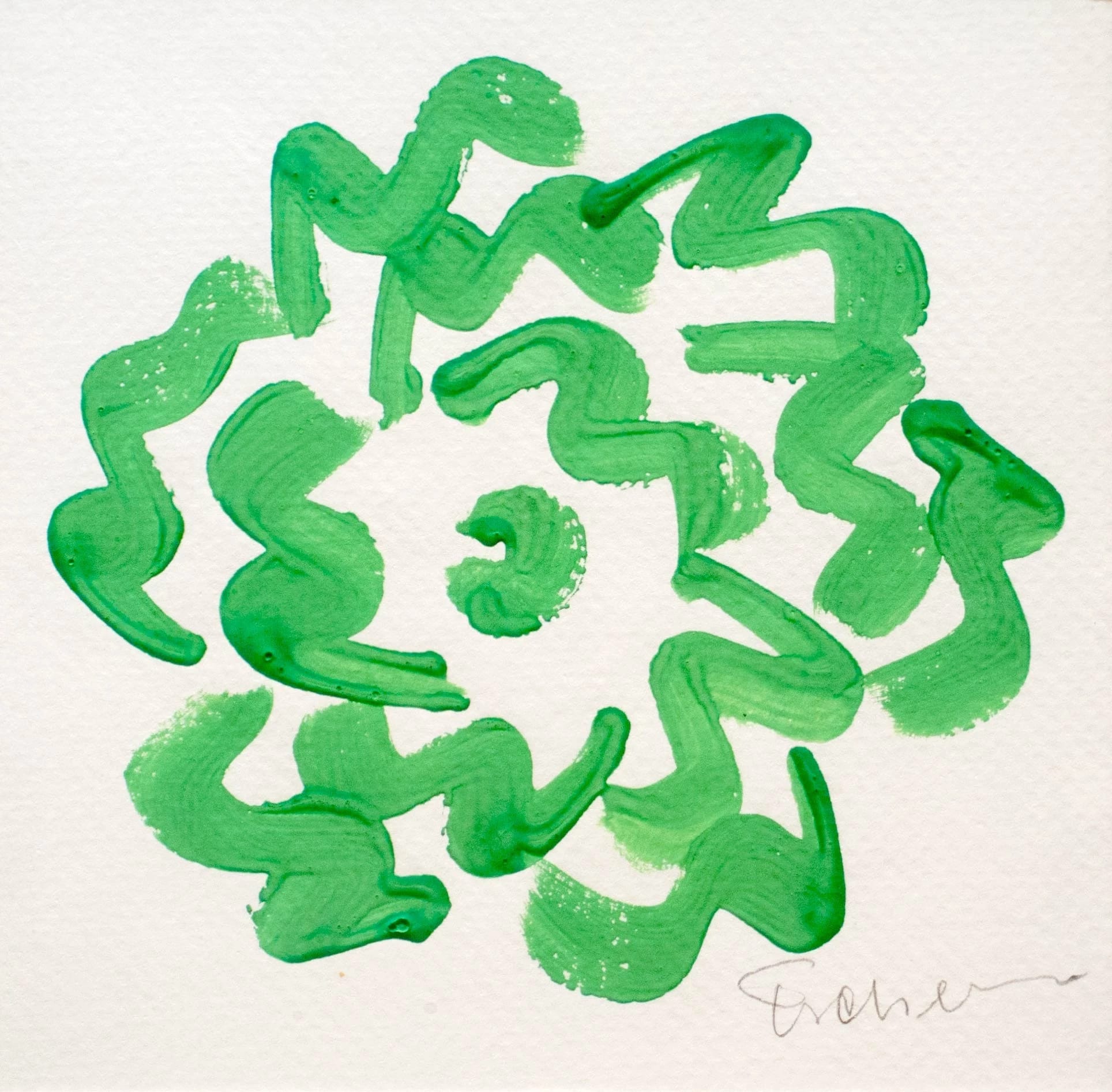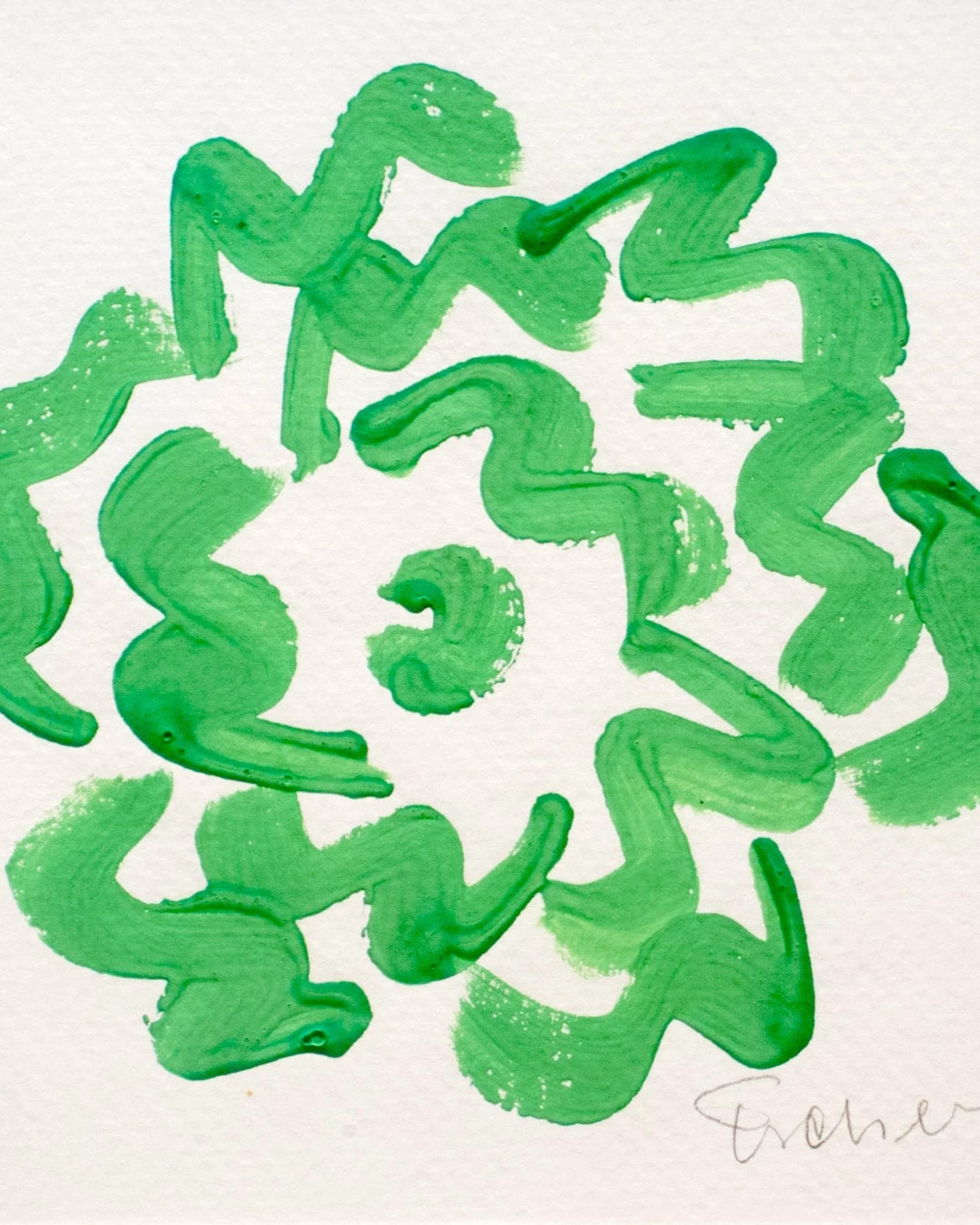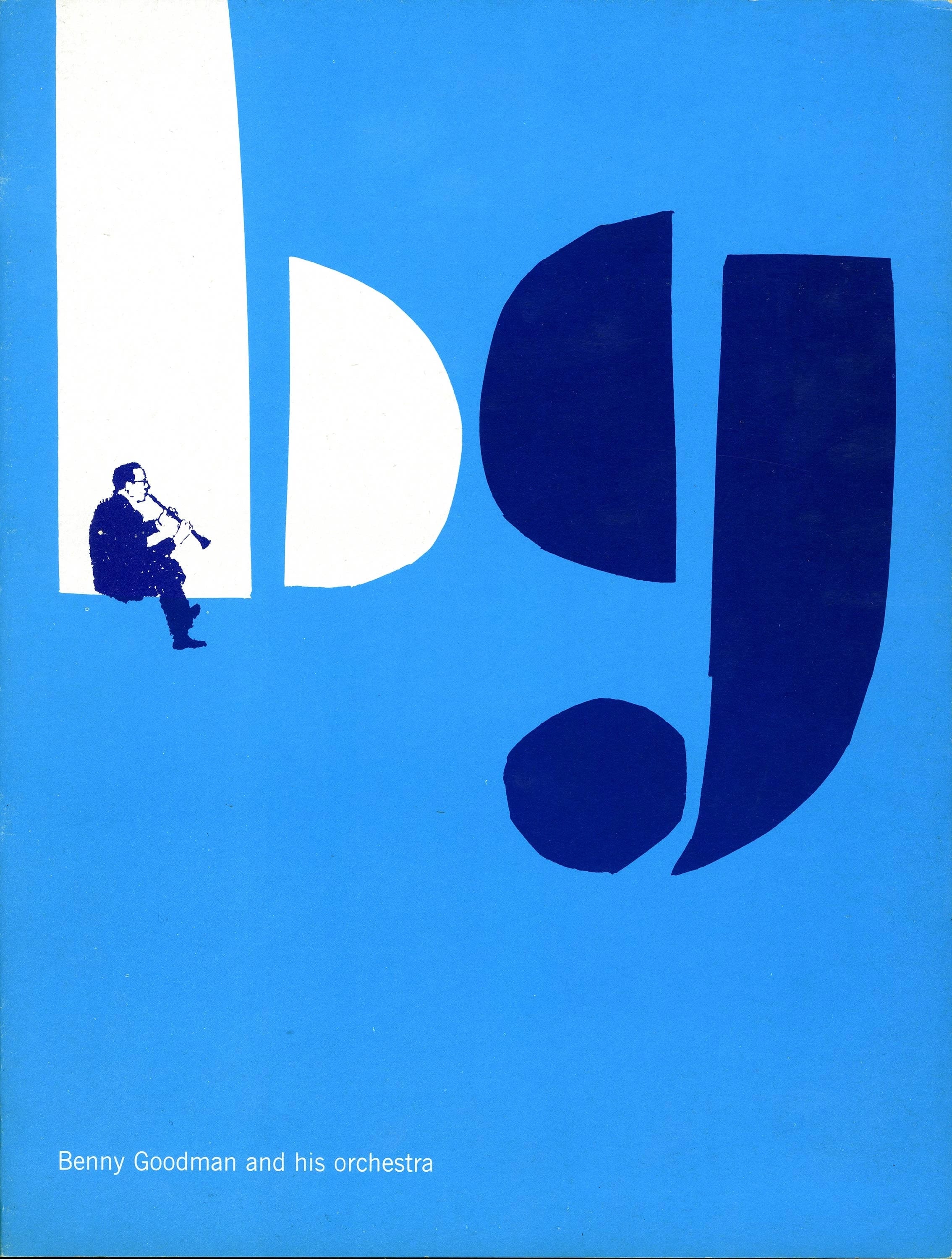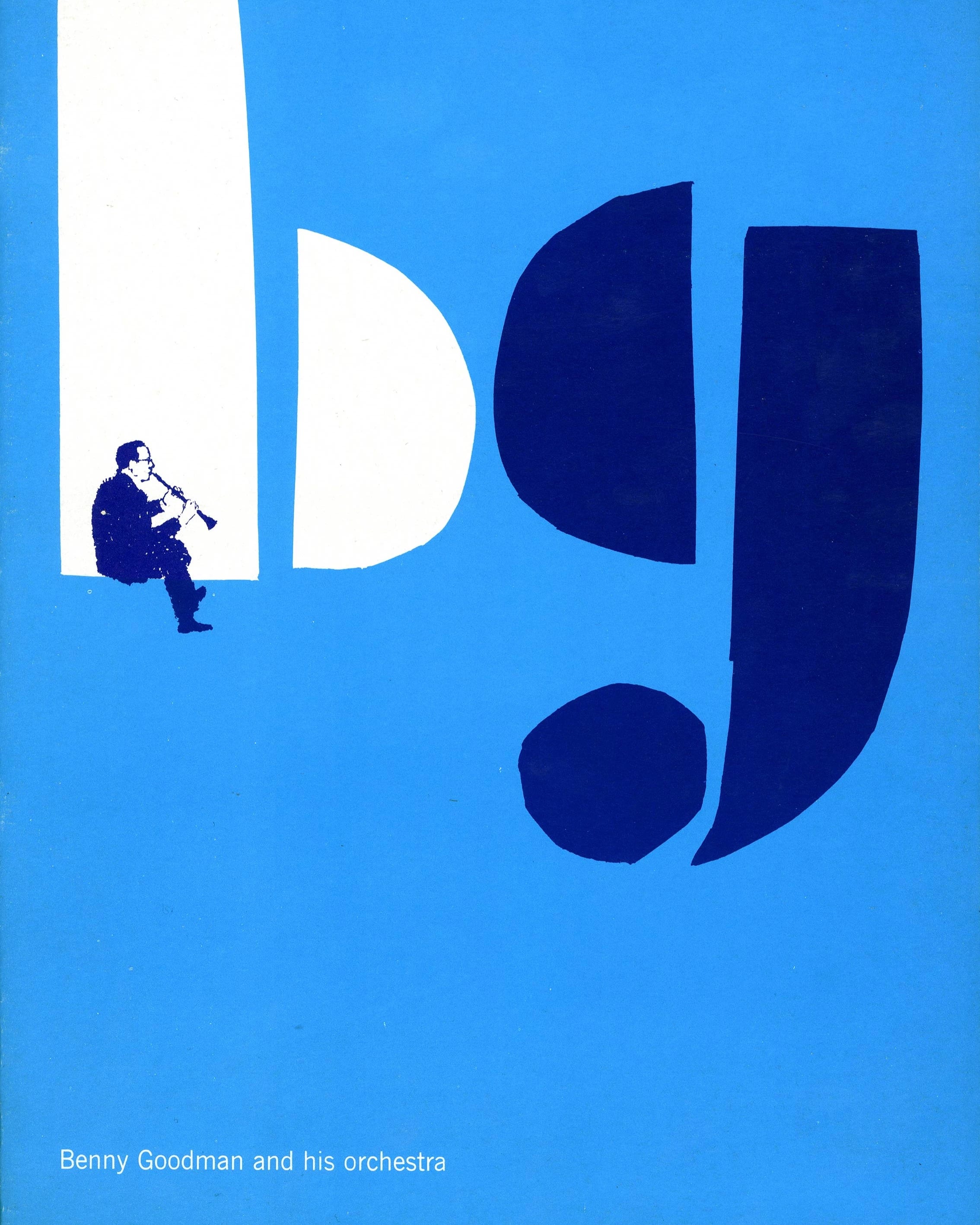The legendary graphic designer and educator’s impact on SVA has resonated for decades.
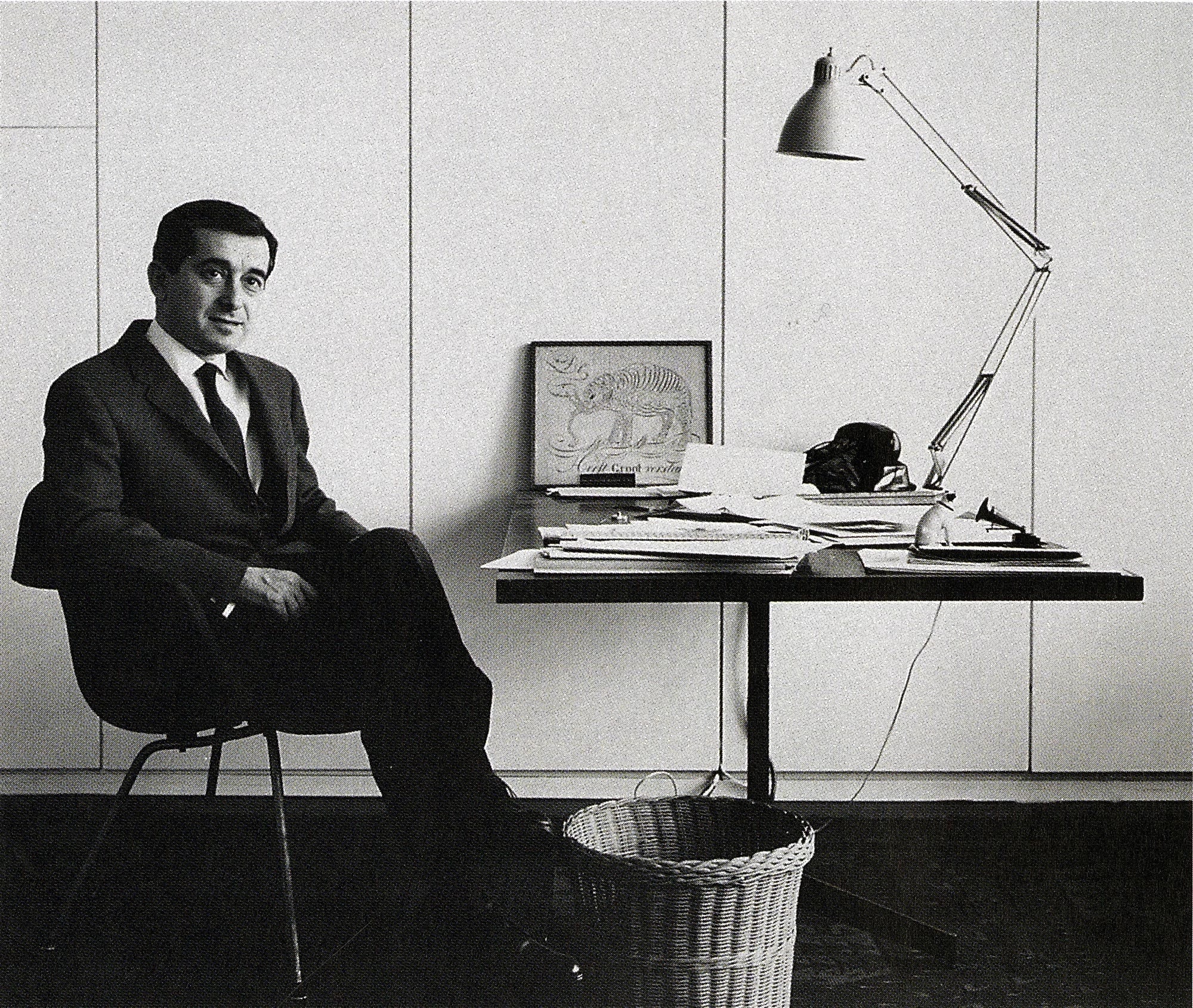
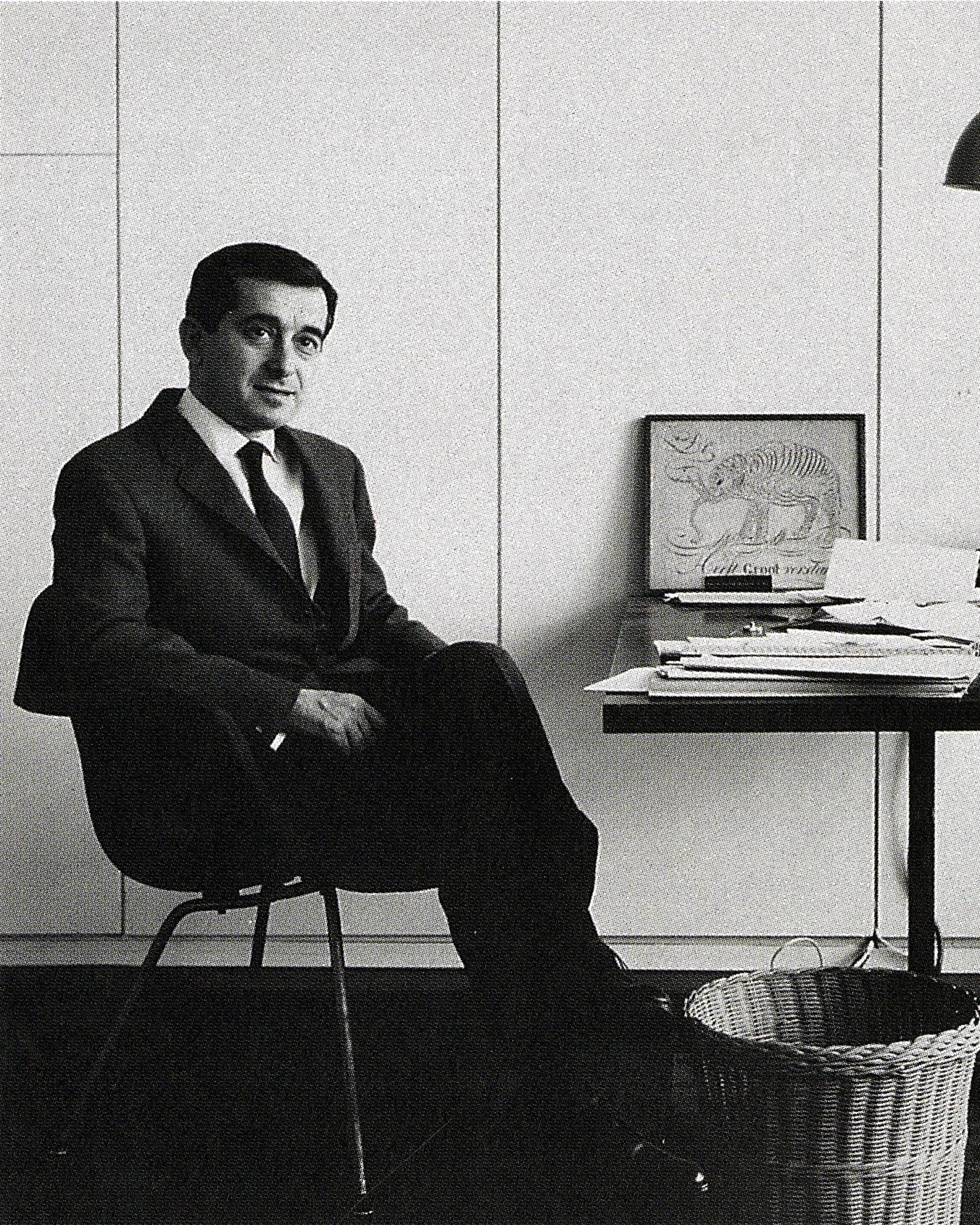
George Tscherny, 1960.
George Tscherny, 1960.
George Tscherny, an icon of mid-20th century American graphic design, died at home on November 13 at the age of 99. Known for his intelligence, humor and embrace of the human spirit in his work as well as in his personal life, Tscherny left an indelible mark on the graphic identities of major corporate and cultural institutions. For the School of Visual Arts in particular, Tscherny was instrumental in establishing the College’s strong presence in New York City and worldwide.
Tscherny’s work bridged fine art and commercial design, surprising the eye with simplicity and wit, the elegance of Modernism and the presence of the human hand. For decades, Tscherny created the visual identities and served the communications needs for some of the world’s most prestigious corporations and institutions, including the American Lung Association, General Dynamics, Mobil, Museum of Modern Art, The New York Times, Pan Am, Johnson & Johnson, Air Canada, Peace Corps, Public Broadcasting Network and United Nations.
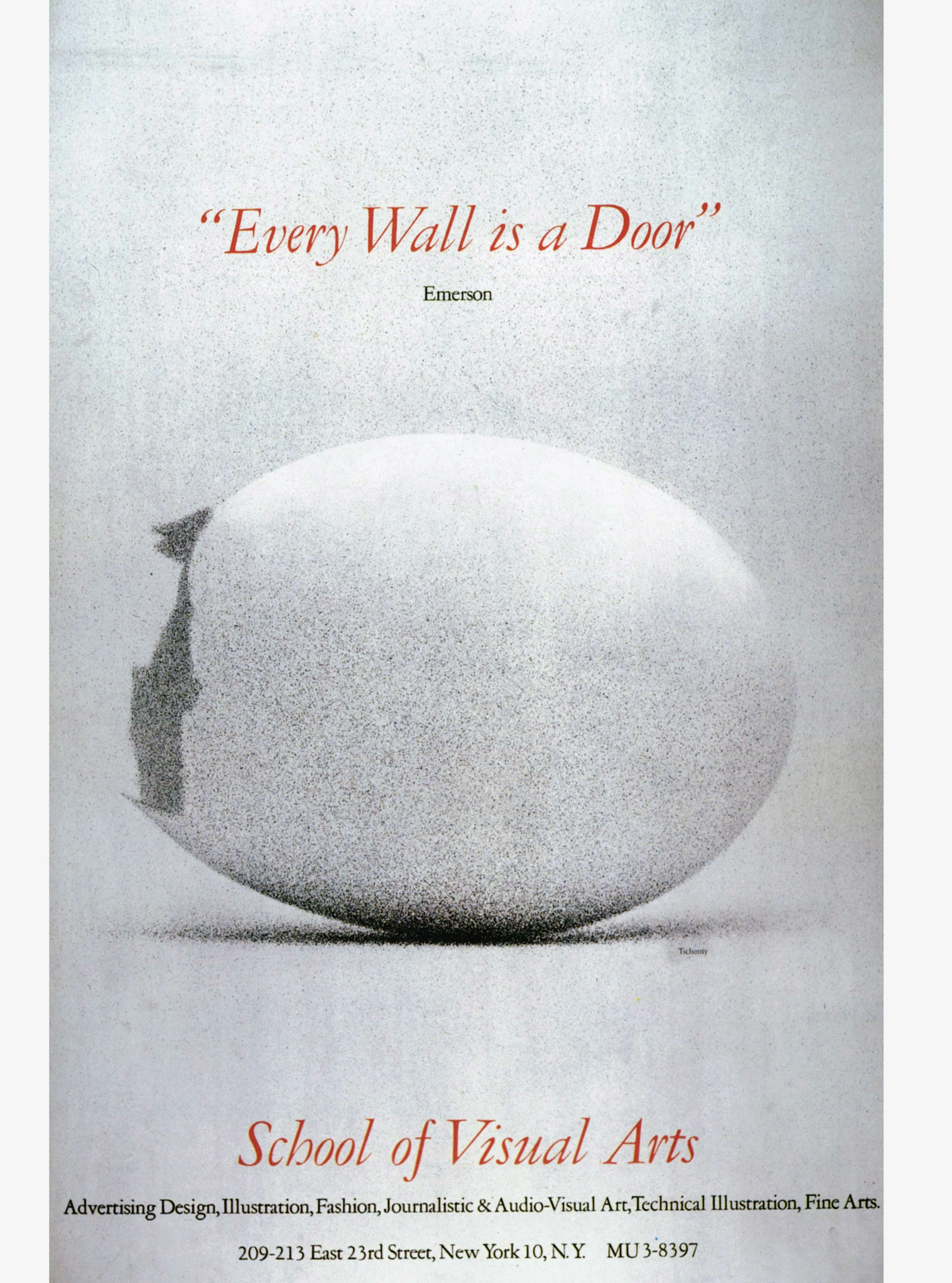
George Tscherny, Every Wall is a Door, SVA subway poster, 1961.

George Tscherny, Herman Miller Furniture Co. advertisement, 1955.
His contributions to his field have been widely recognized and celebrated. Tscherny received the AIGA medal in 1988 and the SVA Masters Series Award in 1992, and was inducted in the Art Directors Hall of Fame in 1997. He served two terms (1966 – 1968) as president of the AIGA and was a member of the Alliance Graphique Internationale (AGI). On the occasion of his Masters Series Award, SVA founder Silas Rhodes wrote that Tscherny’s works are “elegant but never chic, serious but never pretentious, disciplined but never dull. …They shatter once and for all the myth of the incompatibility of commercial enterprise and graphic integrity.”
Rhodes and Tscherny first met in 1955, when Rhodes hired him to teach the first design course at SVA (then called the Cartoonists and Illustrators School). As no formal design curriculum existed, his initial course was based on “what I would like to know if I were a student and what I missed as a student,” Tscherny said. As he reflected in his 2017 interview with SVA, “Silas was very open to almost anything.”
Tscherny was 30 at the time and just branching out to start his own studio, having cut his teeth designing packaging for Donald Deskey before he was hired by Modernist vanguard George Nelson to work on advertisements for the Herman Miller furniture company.
“I was literally thrown in with the elite of design,” Tscherny said in an AIGA essay by design historian and SVA MFA Design Co-Chair Steven Heller (reprinted this week in Print). “But more important, Nelson was one of the few articulate spokesmen for design then—and his ideas rubbed off on me. The most enduring lesson was not to bring preconceived ideas to any project.”
According to Heller, one of Tscherny’s most significant accomplishments at Nelson was to break the cliché of how furniture was advertised, developing a method he called “the human element implied.” Tscherny believed that the implied presence of the consumer in an ad was more evocative and inviting than actually showing one, and that this absence allowed for a greater focus on the product itself. His ad for a new Herman Miller showroom in Dallas featured two spare lines of sans serif type and a black-and-white photo of a chair with a cowboy hat resting on the seat, the furniture in the spotlight but also in use. His 1959 “ear” poster for SVA—one of 15 posters he contributed to the College’s long-running subway poster series—employed the same technique. “Human expression,” Heller wrote, “rather than pure geometric form, has been the key feature of Tscherny’s design.”
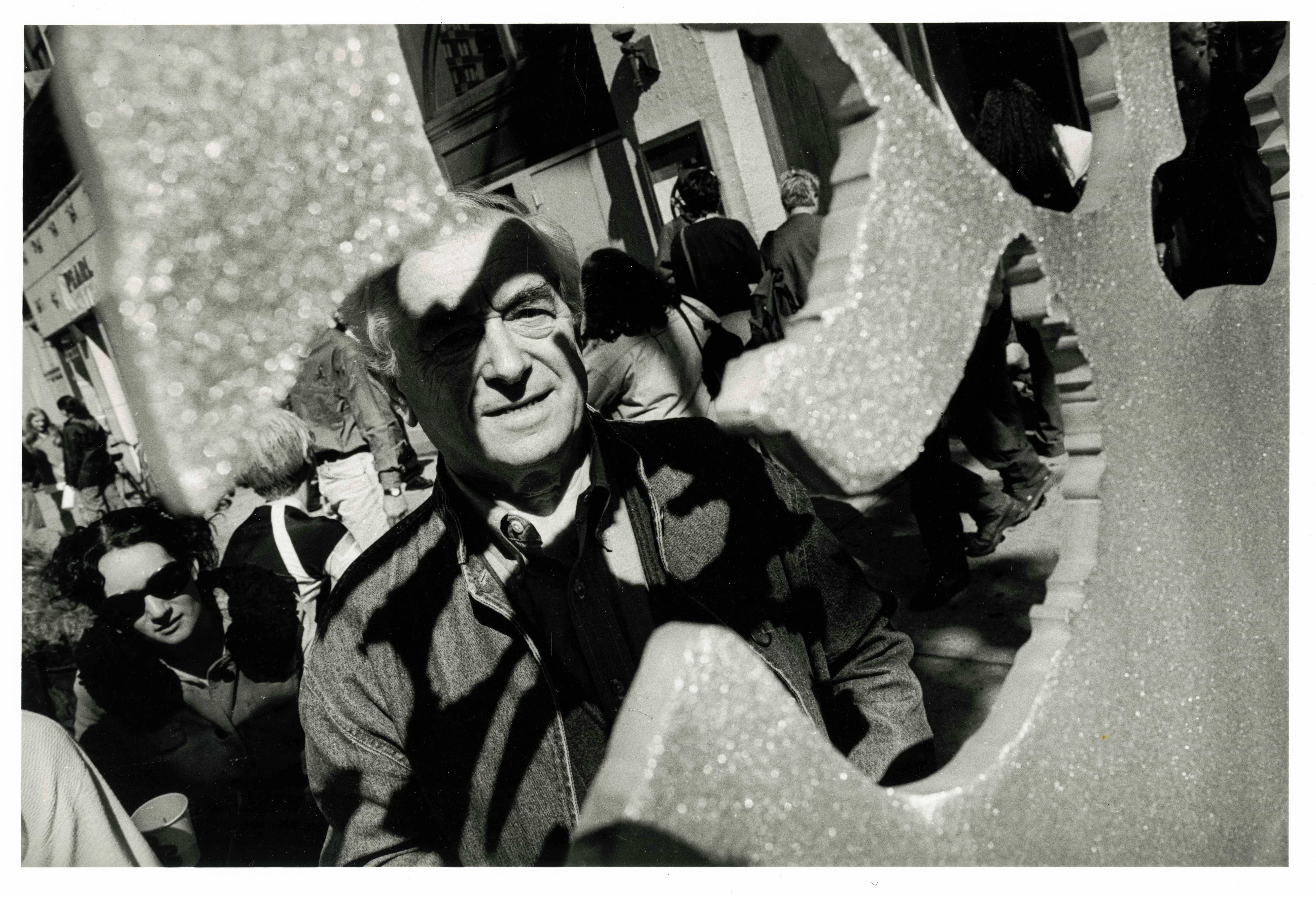
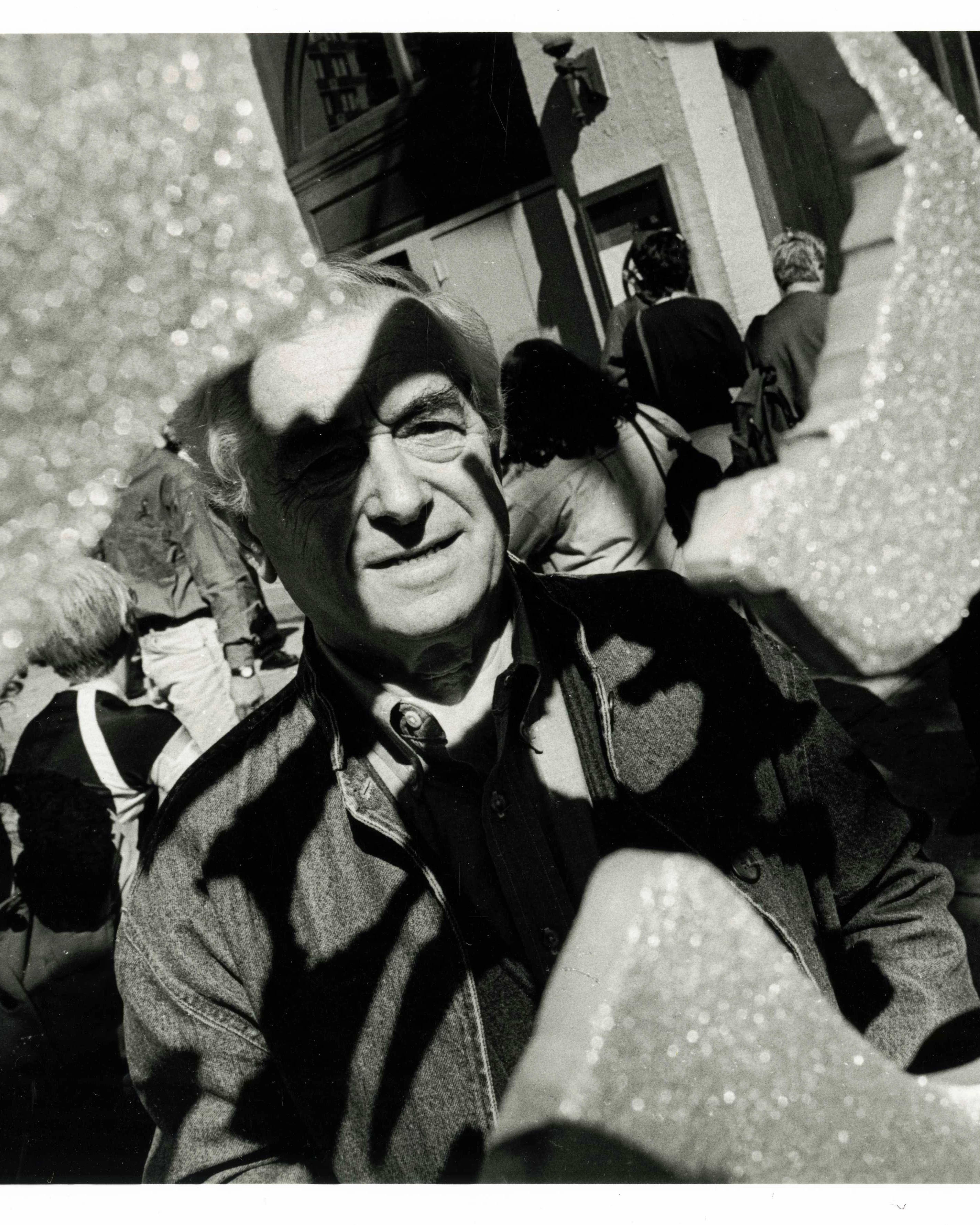
Tscherny at the ribbon-cutting for the SVA logo sculpture at Art Awareness Week, 1997.
Tscherny at the ribbon-cutting for the SVA logo sculpture at Art Awareness Week, 1997.
Tscherny was born on July 12, 1924, in Budapest and raised in Berlin. It was there that he first understood the appeal of graphic arts, inspired by the posters at the local movie theater. During his childhood, Germany was facing immense political upheaval and soon, the rise of Adolf Hitler. At age 14, Tscherny and his younger brother escaped to Holland and lived as refugees for nearly three years; his parents were deported from Germany and had to emigrate to the U.S. without their sons, settling in Newark, New Jersey. They finally secured visas for the boys, who joined them in 1941.
Tscherny returned to Europe three years later, after enlisting in the U.S. Army and being sent to France. During the war, he served as an interpreter and later was attached to the headquarters of the Allied Military Government. One of Tscherny’s sergeants was a commercial artist, who took him under his wing. “I got my first understanding about design from him,” Tscherny has said.
After being discharged, Tscherny enrolled in the Newark School of Fine and Industrial Arts on the G.I. Bill, eventually transferring to Pratt. He met and married Sonia Katz, with whom he would have two daughters, Nadia and Carla. He was predeceased by Nadia (2019) and Sonia (2020) and is survived by Carla, executive assistant to SVA’s Chairman; and grandchildren Emma, Caroline and Max.


George Tscherny, General Dynamics annual report, 1968.
George Tscherny, General Dynamics annual report, 1968.
It was always Sonia to whom Tscherny attributed his success—“guiding me intellectually and ethically by softening the edges of someone who is by nature a blue-collar designer”—and whose keen eye passed over every piece of work leaving his office.
Tscherny taught at SVA for eight years, while continually building his portfolio and revolutionizing the graphic identities of his many corporate clients. “He presented ideas in the classroom, as in his work, with great clarity and understatement,” said artist and graphic designer Paul Davis (1959 Illustration), who studied with Tscherny at SVA. “He [was] always to the point, and with wit and humor.”
In 1997, Tscherny redesigned the SVA logo and identity program. “The solution was to contrast the icy perfection of the signature’s computer-generated Bodoni typeface with the spontaneity of the painterly mark,” he said of the new mark, which came to be known as “the flower.” The logo, still in use today, remains an exemplar of his design ethos and a testament to Tscherny’s ability to convey the qualities of a brand with a unique humanism. “George Tscherny’s flower/brushmark logo has been—and remains—the most ubiquitous mark of our College,” said SVA President David Rhodes. “For all of us and for people around the world, it’s the first mark one encounters when you think of SVA, or look us up, or get a message, or pass by our buildings, and it couldn’t be a simpler, more meaningful visual presence.”
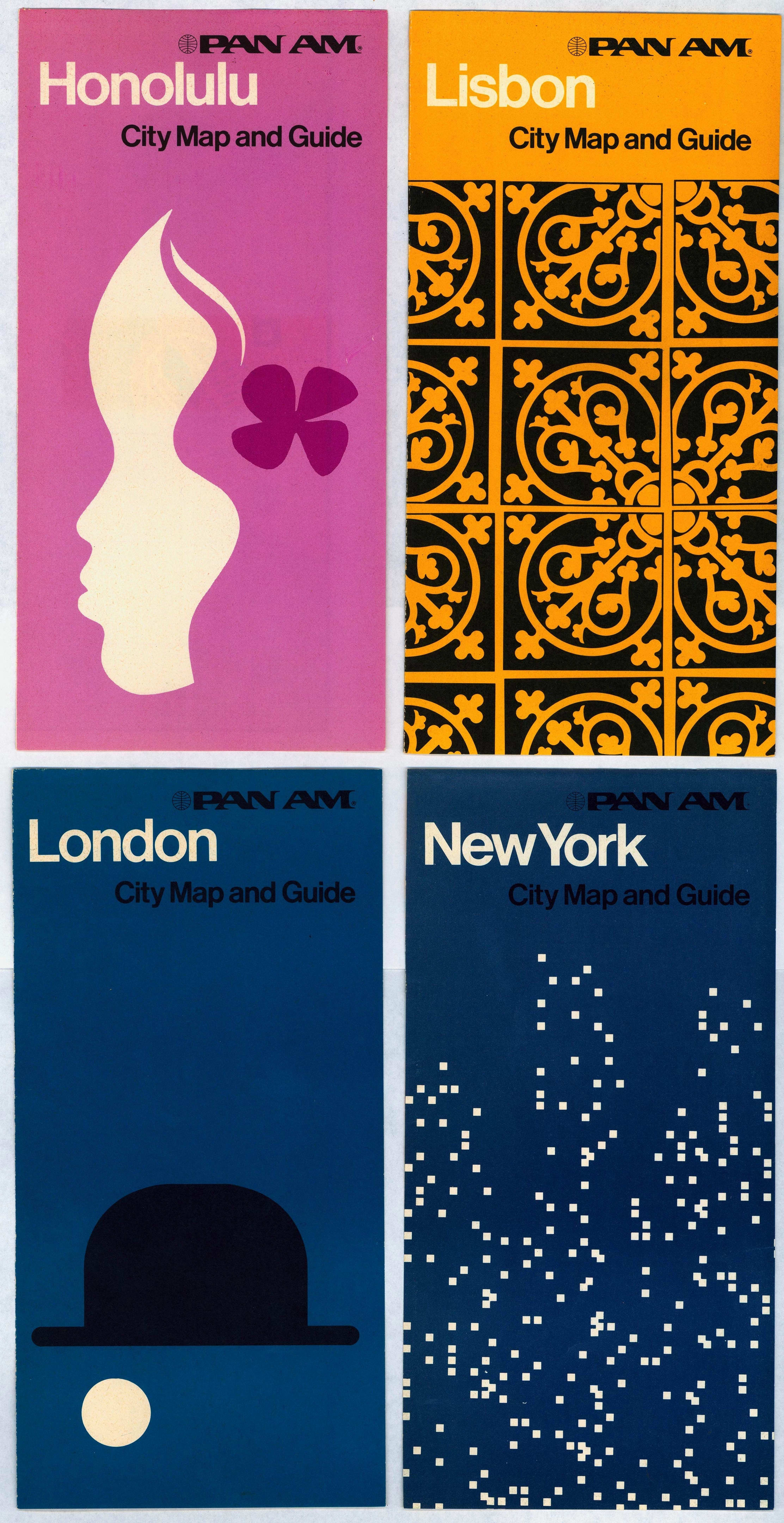
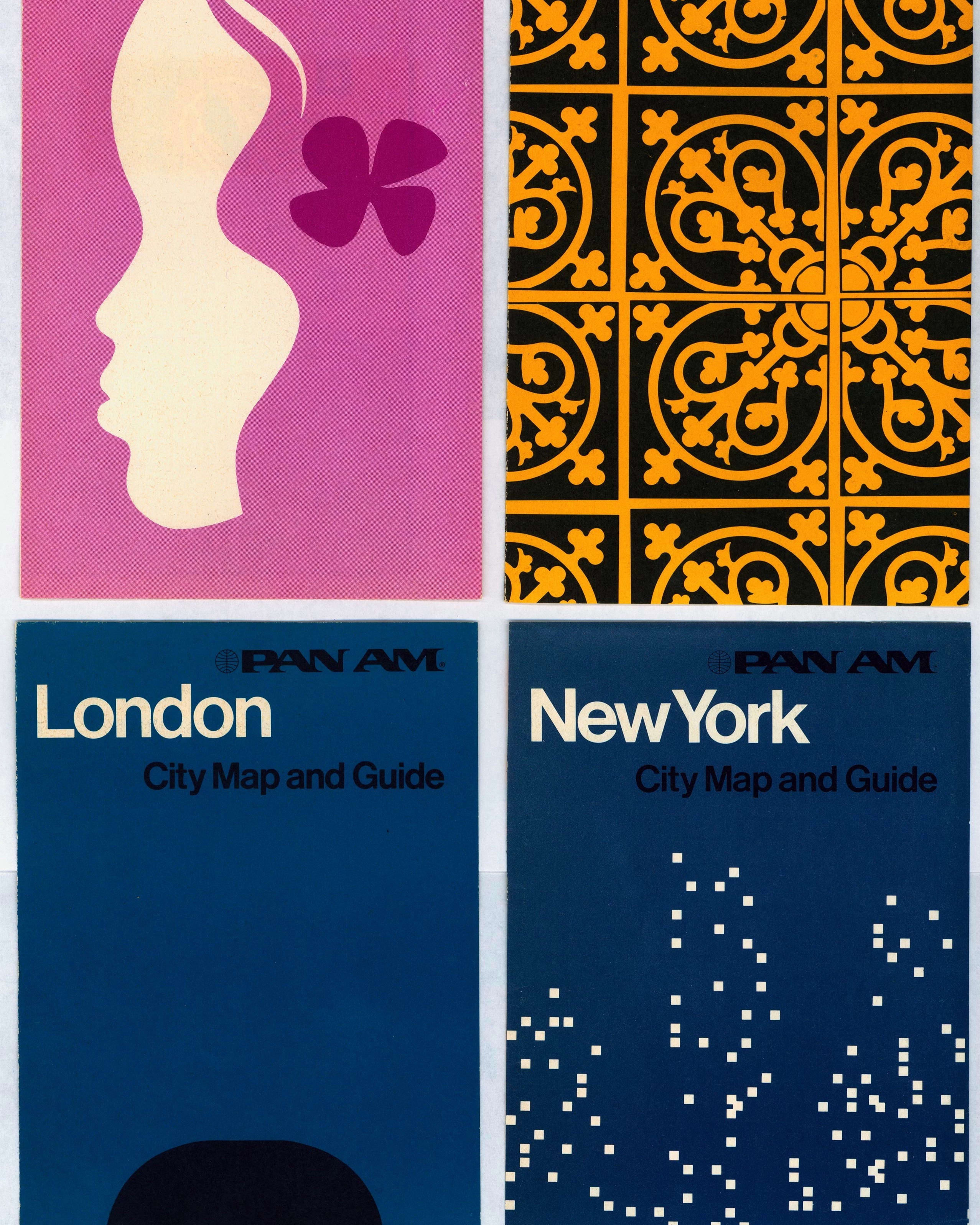
George Tscherny, Pan Am City Guides, 1973.
George Tscherny, Pan Am City Guides, 1973.
As Heller put it when Tscherny was awarded the AIGA Medal, “[H]e has toppled corporate Goliaths’ misconceptions of graphic design and designers. Tscherny’s professional life has been devoted to educating the people who manage business . . . that design should not be a cosmetic service but an integral part of their corporate culture.”
Further examples of George Tscherny’s work and related materials can be seen in the Tscherny Collection in SVA’s Milton Glaser Design Study Center and Archives.
George Tscherny speaks about the SVA Subway posters and other works he's designed in his long and prolific career. Tcherny, born in Hungary in 1924, received the AIGA Medal in 1988 and was inducted into the Art Directors Hall of Fame in 1997.



